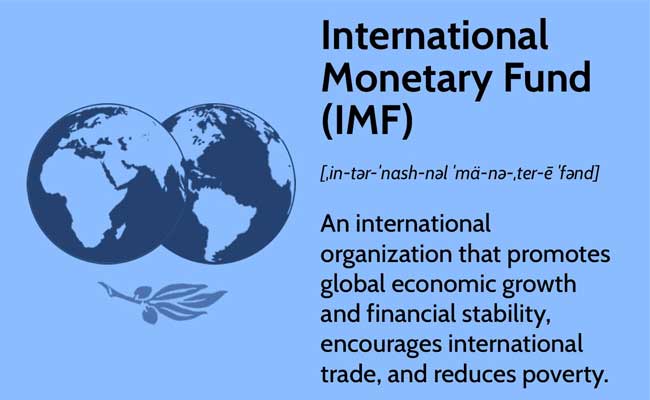Introduction to International Monetary Fund
The International Monetary Fund (IMF) is a global financial institution that was established in 1944, following the Bretton Woods Conference, with the primary goal of promoting international economic cooperation and ensuring the stability of the international monetary system. The IMF works to provide its member countries with financial assistance, policy advice, and technical assistance to help them overcome economic challenges, maintain economic stability, and achieve sustainable economic growth.
The IMF has 190 member countries and operates under a quota system, where each member country contributes funds to the IMF based on its size and economic strength. The IMF uses these funds to provide financial assistance to countries experiencing economic difficulties, such as balance of payments crises, currency crises, or debt crises.
The IMF has been a controversial organization since its inception, with critics arguing that its policies often prioritize the interests of developed countries over the needs of developing countries, and that its conditions for providing financial assistance can be too harsh and detrimental to the recipient countries.
In this article, we will take a closer look at the IMF’s role in the global economy, its history and structure, its policies and operations, and the criticisms it has faced over the years.
History and Structure of the IMF
The IMF was created in 1944 as part of the Bretton Woods Agreement, which established a new international monetary system based on the US dollar as the world’s reserve currency. The IMF was tasked with overseeing the fixed exchange rate system, which pegged the value of other currencies to the US dollar, and providing financial assistance to member countries in need.
Since then, the IMF has undergone several reforms to adapt to changing global economic conditions. In 1971, the Bretton Woods system collapsed, and the IMF shifted to a floating exchange rate system, where the value of currencies is determined by supply and demand in the foreign exchange market. In the 1980s, the IMF began to emphasize structural adjustment policies as a condition for providing financial assistance to countries in need, which involved promoting market-oriented economic reforms and reducing government intervention in the economy.
Today, the IMF is governed by a Board of Governors, which consists of one governor and one alternate governor from each member country. The Board of Governors is responsible for setting the IMF’s policies and overseeing its operations. The day-to-day operations of the IMF are managed by an Executive Board, which consists of 24 directors appointed by member countries or groups of countries.
The IMF’s operations are funded through quotas, which are determined based on each member country’s economic size and strength. Quotas determine the amount of financial resources that each member country contributes to the IMF, and also determine the amount of financial assistance that member countries can receive from the IMF.
The IMF’s Policies and Operations
The IMF’s main activities are divided into two areas: surveillance and lending. Surveillance involves monitoring global economic developments and providing policy advice to member countries to promote economic stability and growth. Lending involves providing financial assistance to member countries experiencing economic difficulties.
The IMF’s surveillance activities involve monitoring global economic developments and analyzing the economic policies and performance of member countries. The IMF uses this analysis to provide policy advice to member countries, including recommendations for macroeconomic policies such as fiscal and monetary policies, exchange rate policies, and structural reforms.
The IMF’s lending activities involve providing financial assistance to member countries experiencing economic difficulties. This assistance can take the form of loans or credit lines, which are designed to help countries overcome balance of payments problems, currency crises, or debt crises.
IMF loans typically come with conditions, which are designed to ensure that recipient countries implement economic policies that promote macroeconomic stability and sustainable economic growth. These conditions can include fiscal austerity measures, such as reducing government spending and increasing taxes, and structural reforms, such as privatization of state-owned enterprises and deregulation of markets.
![]()






One thought on “International Monetary Fund”